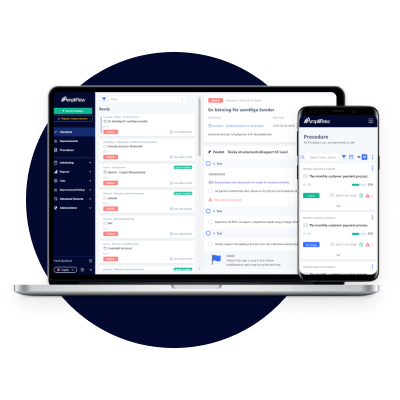Ampliflow: Designing a smart process management and QMS platform.
Client :Cognit Consulting ABPlatform : Web, Mobile
The Project Overview
Ampliflow is a platform for building a QMS your workforce will actually use. It provides all the tools required to comply with the requirements in ISO 9001, 14001 and other standards. It helps you to meet traceability requirements for standardized checklists and Standard Operating Procedures (SOP:s) & reduce mistakes in processes that can be costly or dangerous.
My responsibilities
- Building design system.
- Lead and conduct user research.
- Prototype, wireframing and user testing.
- UX analysis and facilitating the design thinking process.
- Web applications development.
Tools
- Figma
- Adobe Illustrator
- Adobe Photoshop
- Azure DevOps
Project Goals
Our primary goals were to build a solution that let our customers to:
- Describe and visualize your company processes to increase alignment.
- Comply with all requirements from ISO 9001, 14001 and others by having all tools in 1 system.
- Prove that work was done according to procedure with digital team based checklist.
- Reduce mistakes in processes that can be costly or dangerous.
- Meet traceability requirements for standardized checklists and Standard Operating Procedures (SOP:s).
- Increase employee engagement by acting on improvement opportunities.
🚦 The Process
I followed these 6 stages to research process to better understand our target users, problems, possible solutions and improvement opportunities.

Throughout the design process and design thinking, we followed the “Double Diamond” process methodology to understand the problem better and discover the best possible solution for our target users. The Double Diamond is a visual representation of the design and innovation process. It's a simple way to describe the steps taken in any design and innovation project, irrespective of the methods and tools used. The Double Diamond model has four stages: Discovery, Definition, Development and Delivery. Together, these stages work as a map designers can use to organize their thoughts in order to improve the creative process.
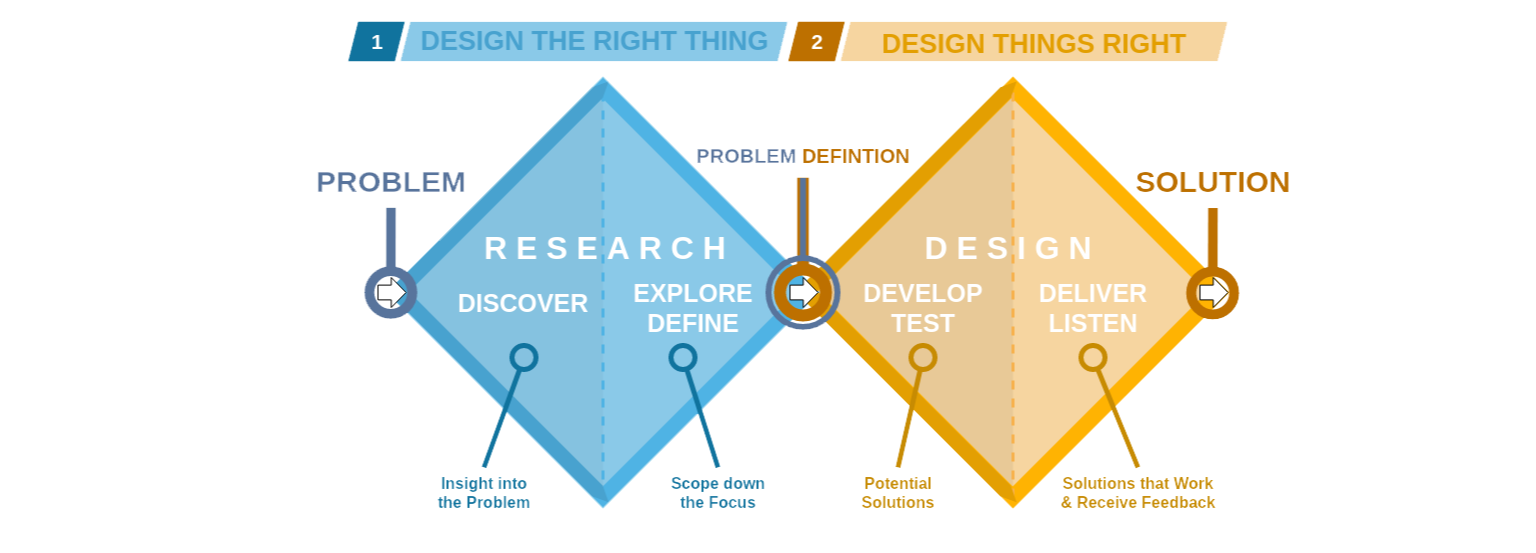
🎭 Sketching and prototyping the proposed solution
With research data in hand, We decided to build the prototypes. As we iterate with the design thinking process, we built different prototypes for different user journeys and happy paths. Here are some of them.

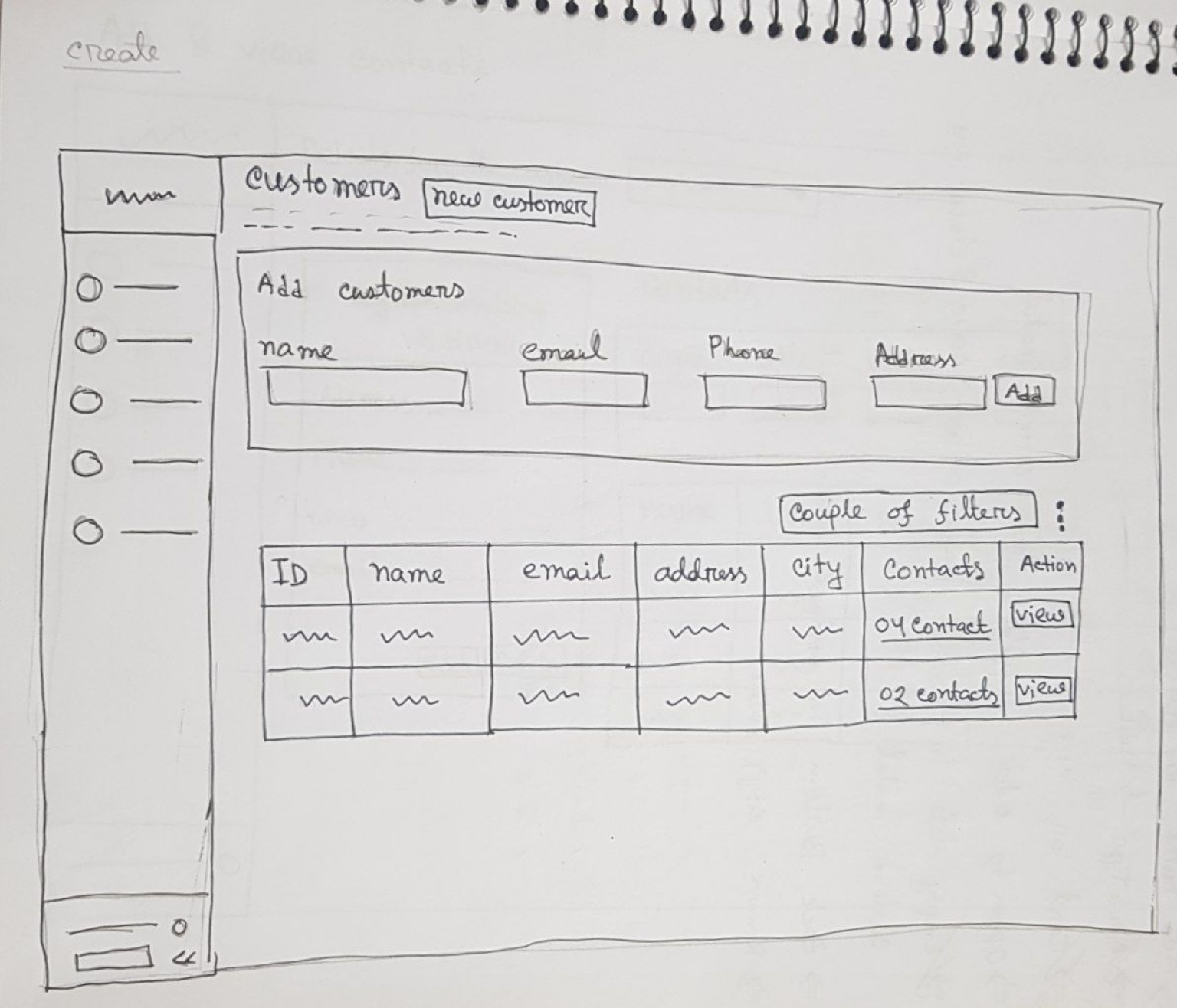
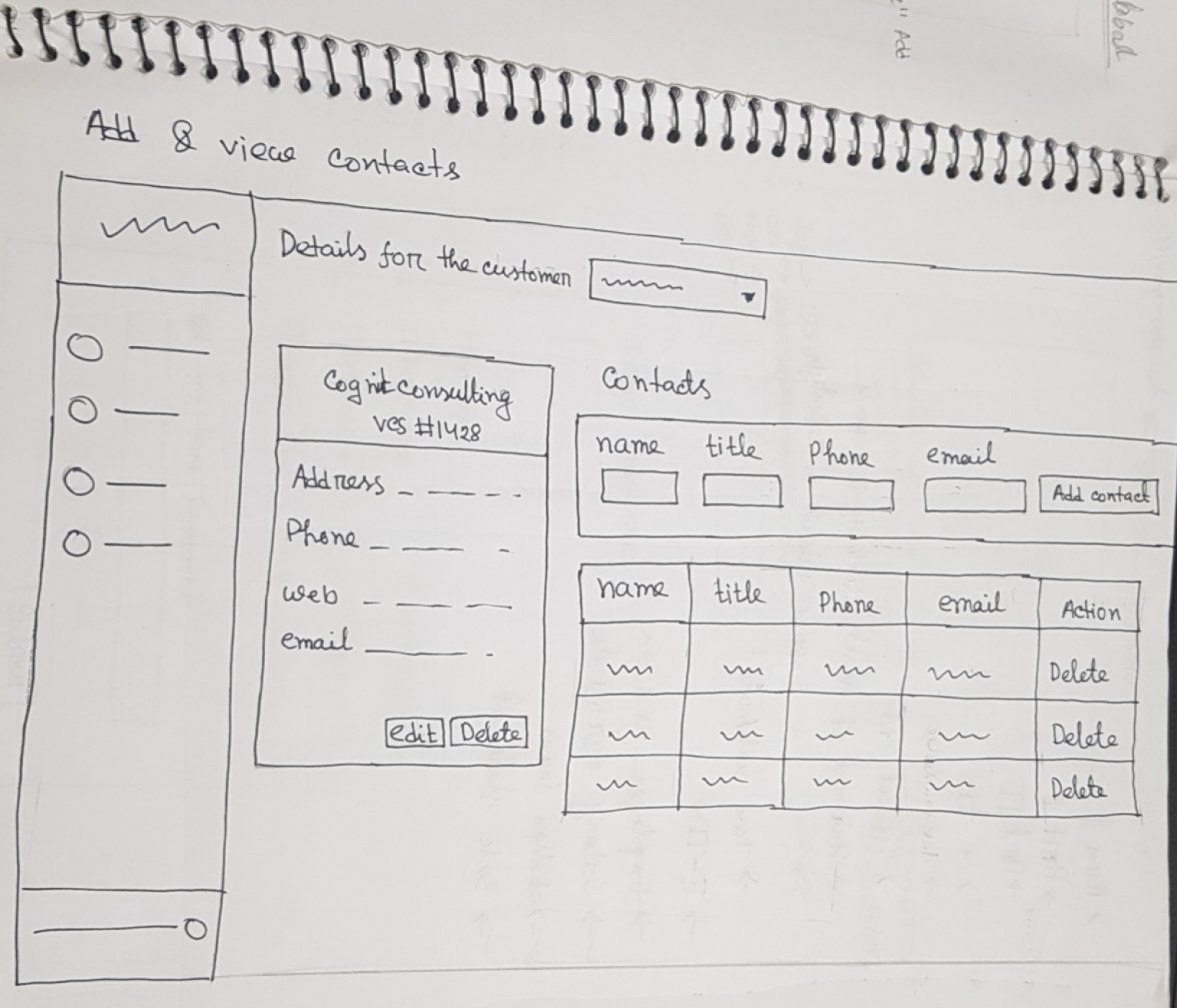
👩💻 Implementation


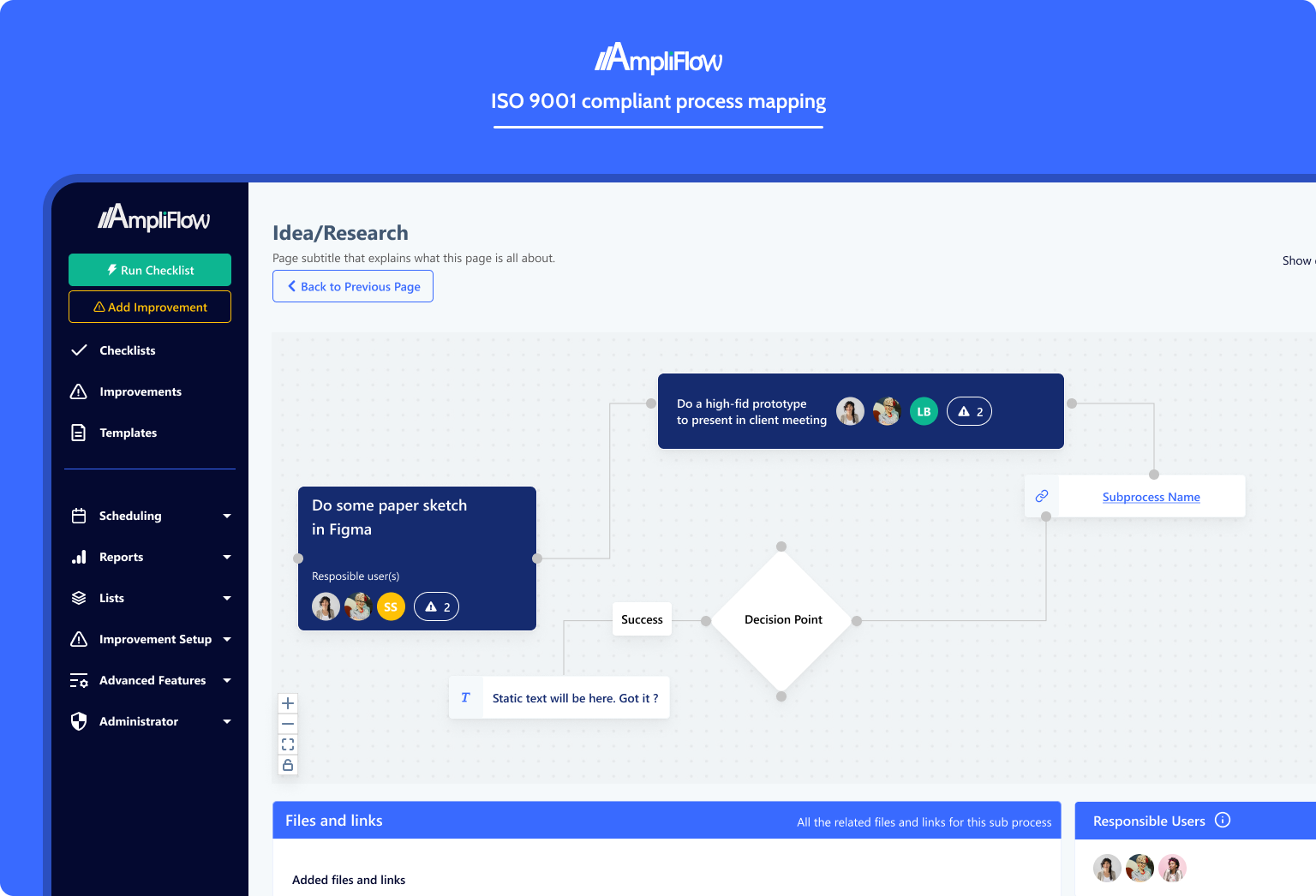
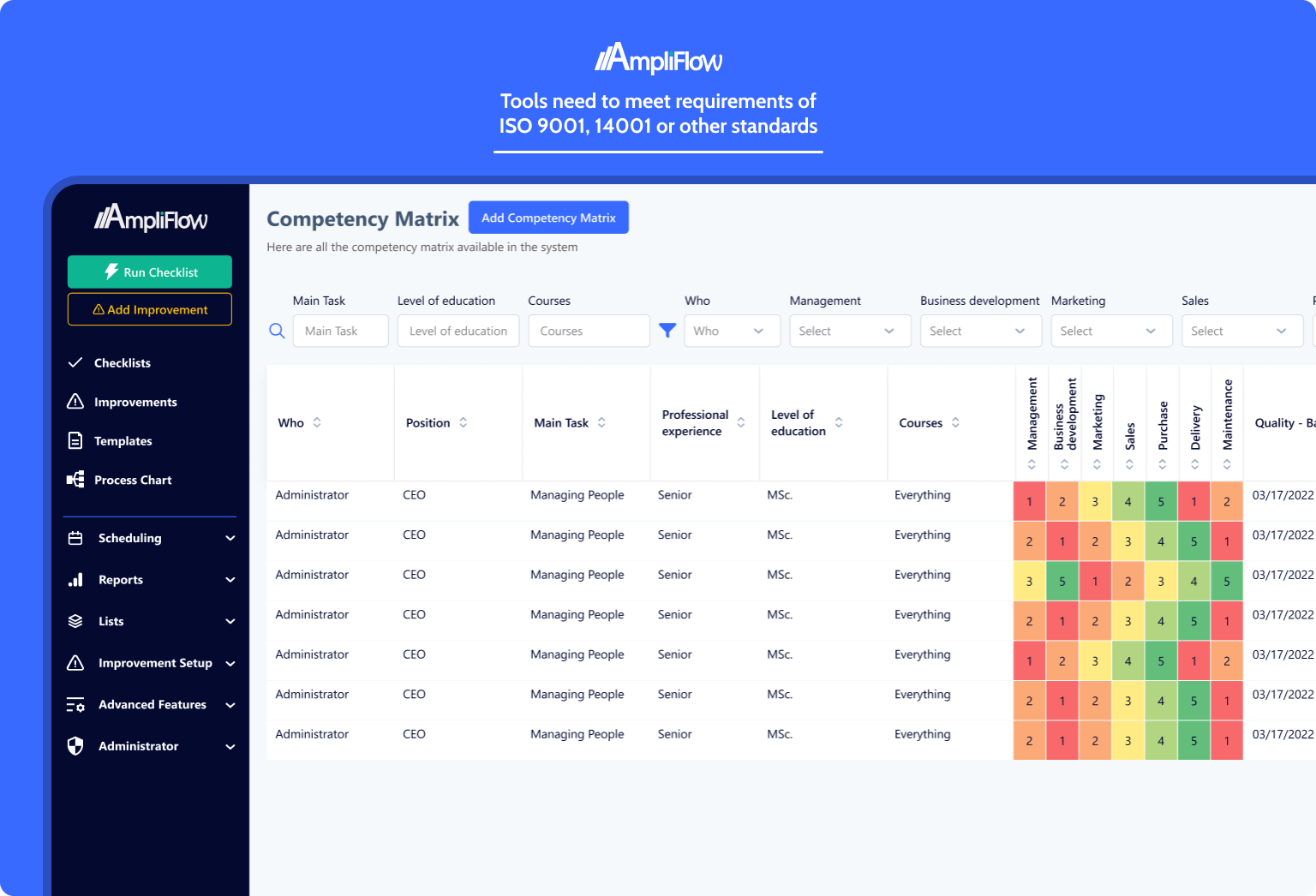
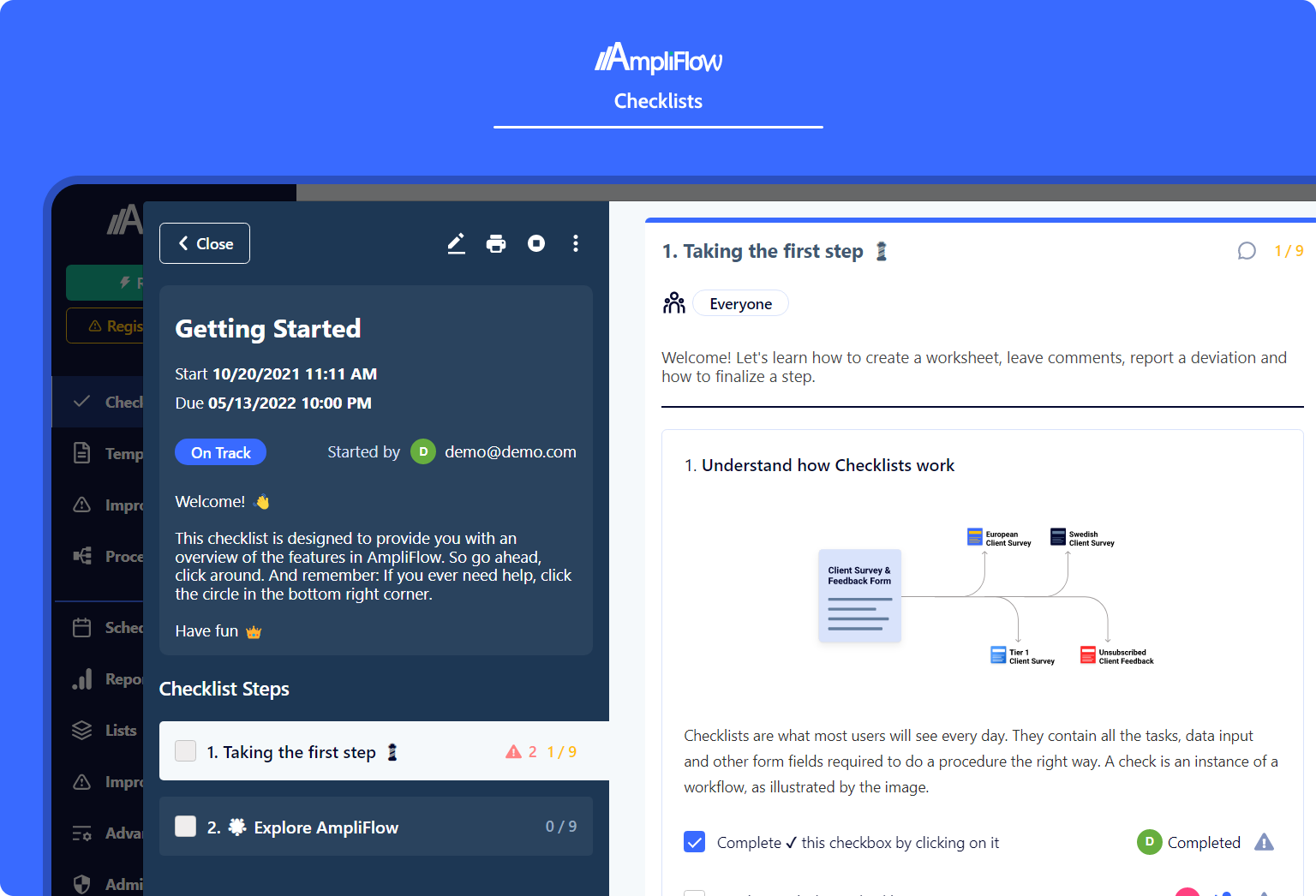


⚡ Results and takeaways
Working with a B2B product was a challenging experience. It taught me a lot about knowing when and where to focus your energy and efforts. Some key takeaways from this project are:
- Focus on building an MVP: There is only so much time and effort that you can invest in this fast paced world. So it's important to focus on the features that can deliver the highest value for your users.
- Focus on the UX first: Earlier in my journey, I made the mistake of worrying about the look of the UI. Taking a step back and reassessing the user flows helped me to reprioritize the UX.
- Focus on the problem: At the end of the day, you'll be solving your users' pains. It's easy to lose sight of this when you're bogged down in day-to-day tasks. So we need to keep that in mind.
